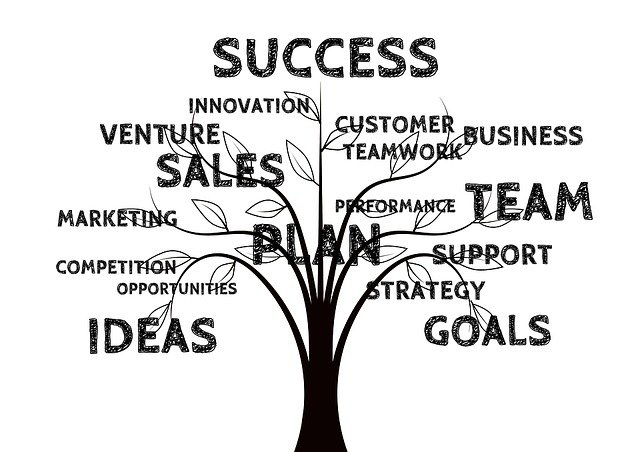10 steps to effectively share CRM data with other teams
1. Identify Key Stakeholders: Determine which teams need access to CRM data and what specific information is relevant to each team’s goals.
2. Access Permissions: Implement strict access controls to ensure data security and compliance with privacy regulations. Provide access based on roles and responsibilities.
3. Data Integration: Integrate CRM with other relevant systems, such as marketing automation or sales tools, to enable seamless data sharing and reduce manual data entry.
4. Custom Dashboards: Create customized dashboards and reports for each team to present data in a format that aligns with their needs and goals.
5. Regular Training: Offer training sessions to help team members understand how to use CRM data effectively and interpret the provided insights.
6. Data Standards: Establish data quality standards and data entry protocols to maintain consistency and accuracy in the CRM.
7. Automate Notifications: Set up automated alerts and notifications to inform teams about important updates or triggers in the CRM data.
8. Feedback Loop: Encourage teams to provide feedback on the CRM data and reporting tools to continuously improve the system.
9. Regular Updates: Keep CRM data up-to-date by implementing regular data cleansing and deduplication processes.
10. Collaboration Tools: Use collaboration tools and channels to facilitate discussions and sharing of insights derived from CRM data.
11. Data Governance: Appoint a data steward or team responsible for data governance, ensuring data quality, compliance, and consistency.
12. Scalability: Plan for future scalability to accommodate growing data needs and new teams that may require access.
By following these steps, organizations can enhance collaboration and decision-making across various departments while maintaining data accuracy and security.


